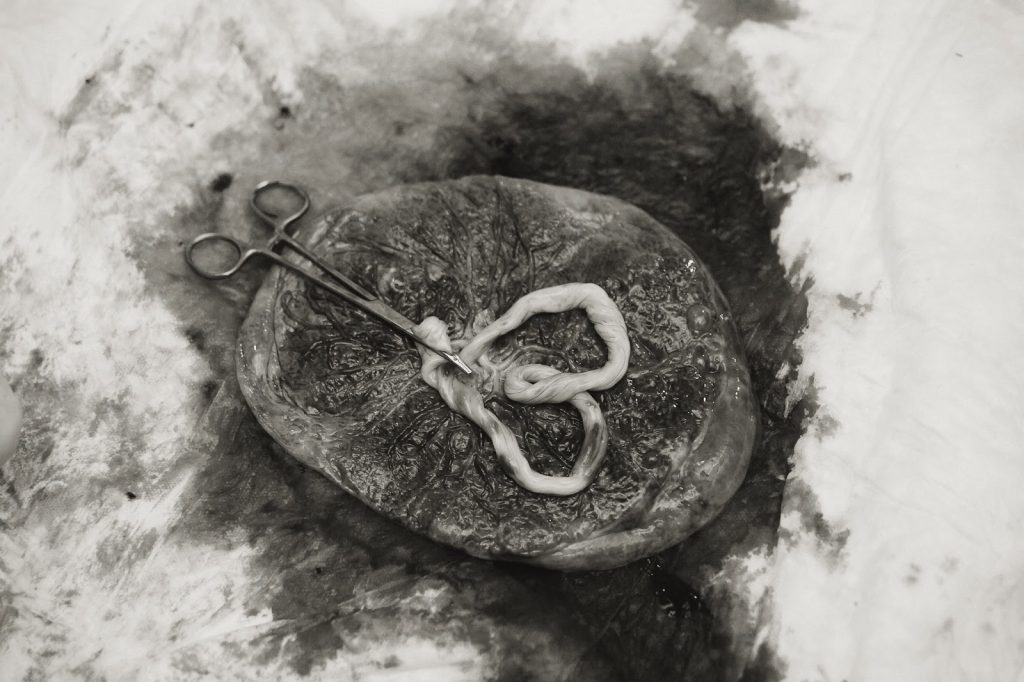Most hospital births won’t offer you the option to examine your placenta, while many of our home birth clients are excited to see the organ that housed their baby for so long!
Often times the placenta is soon discarded after birth, but it deserves so much more than this.
In the intricate web of life on Earth, the placenta holds a unique and crucial role. Often overlooked and underappreciated, this remarkable organ serves as a vital link between mother and offspring in many animal species, including humans. By delving into the significance of the placenta and its evolutionary origins, we can gain a deeper understanding of the interconnectedness of all living organisms on our planet.
The Miracle of the Placenta:
The placenta is a temporary organ that develops during pregnancy, providing nourishment, oxygen, and waste removal for the growing fetus. It acts as a lifeline, connecting the developing individual to its mother’s bloodstream, enabling the exchange of essential nutrients, hormones, and immune factors. This remarkable structure plays a pivotal role in the survival and development of offspring.
A Universal Feature of Life:
The placenta is not exclusive to humans. It has evolved independently multiple times in various groups of animals, including mammals, reptiles, and even some fish species. Its presence highlights the importance of this organ in ensuring the successful reproduction and survival of species across the Tree of Life.
Evolutionary Origins:
The evolution of the placenta is a fascinating testament to the interconnectedness of all organisms. It is believed to have emerged around 150 million years ago in early mammals, providing them with a significant advantage in reproductive success. The development of the placenta allowed for extended gestation periods, increased offspring survival rates, and the evolution of more complex reproductive strategies.
Comparative Placental Diversity:
The placenta exhibits a remarkable diversity across different animal groups. From the hemochorial placentas of primates to the labyrinthine placentas of rodents, each species has adapted this organ to suit its specific needs. Understanding these variations can provide insights into the complex interplay between maternal and fetal physiology and the ways in which evolution has shaped this crucial organ.
The Tree of Life Connection:
The placenta serves as a poignant reminder of our shared ancestry and our place within the Tree of Life. It is a unifying feature that underscores the interconnectedness of all organisms on Earth. Through the lens of the placenta, we can appreciate the intricate relationships between species, their adaptations, and the delicate balance required for the survival of life as we know it.
Conclusion:
The placenta, often overshadowed by more prominent aspects of pregnancy, is a testament to the wonders of nature and the Tree of Life. Its role in nurturing and sustaining life across diverse species is a profound reminder of our shared evolutionary journey. By studying the placenta, we gain valuable insights into the complexity of life and the interconnectedness of all living beings, fostering a greater appreciation for the diversity and unity of our planet.
Photo Credit: Emma Craven Photography


















